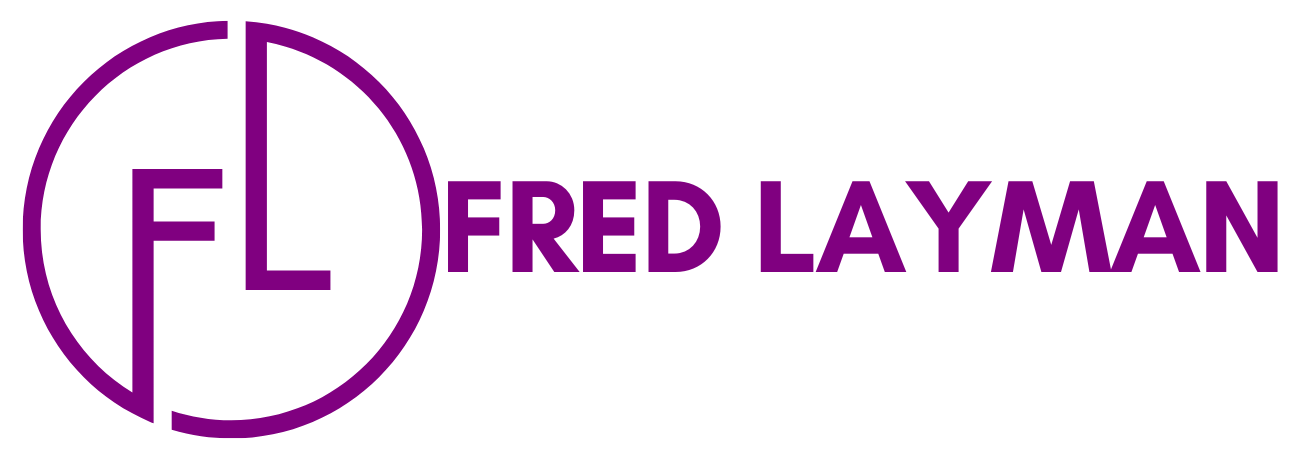Fundraising is a crucial aspect for many organizations, be it nonprofits, charities, schools, or even startups. It’s the lifeblood that fuels their mission and allows them to make a positive impact in the world. However, choosing the right fundraising method can be a daunting task. In this comprehensive guide, we’ll explore various types of fundraising, their pros, cons, and considerations to help you make informed decisions for your organization.
1. Traditional Fundraising Methods
Traditional methods include events like bake sales, charity auctions, and raffles. These methods have been around for decades and are still popular due to their simplicity and community engagement.
Pros:
– Easy to organize with minimal resources.
– Engages the community and fosters a sense of belonging.
– Can generate immediate funds.
Cons:
– Limited reach, relying heavily on local support.
– Requires significant manpower for planning and execution.
– Income can be unpredictable and inconsistent.
2. Online Crowdfunding
With the rise of the internet, crowdfunding platforms like Kickstarter, GoFundMe, and Indiegogo have become popular choices for fundraising. These platforms allow individuals and organizations to raise funds from a large pool of donors worldwide.
Pros:
– Global reach, tapping into a vast audience.
– Low barrier to entry, requiring minimal setup costs.
– Provides social proof and validation for your cause.
Cons:
– High competition on popular platforms.
– Platform fees and payment processing charges may apply.
– Success relies heavily on effective marketing and promotion.
3. Grants and Sponsorships
Seeking grants from foundations or sponsorships from businesses can provide substantial funding for your organization’s projects or initiatives.
Pros:
– Potential for large sums of funding.
– Can establish long-term partnerships with sponsors.
– Grants often come with additional resources and support.
Cons:
– Highly competitive, requiring strong proposals and documentation.
– Long application processes with uncertain outcomes.
– Grants may come with restrictions or reporting requirements.
4. Peer-to-Peer Fundraising
Peer-to-peer fundraising involves supporters raising funds on behalf of your organization by reaching out to their networks.
Pros:
– Leverage the networks and influence of your supporters.
– Encourages grassroots involvement and activism.
– Can result in exponential growth through social sharing.
Cons:
– Requires strong supporter engagement and motivation.
– Success depends on the dedication and effort of individual fundraisers.
– Risk of donor fatigue if not managed properly.
Conclusion
Choosing the right fundraising method depends on various factors such as your organization’s goals, resources, and target audience. Each method comes with its own set of pros and cons, and there’s no one-size-fits-all solution. By carefully evaluating your options and understanding the implications of each method, you can develop a strategic approach to fundraising that maximizes your impact and sustainability. Remember, fundraising is not just about raising funds; it’s about building relationships, fostering community, and making a difference in the lives of others.
Fred Layman – Founder and Chief Operations Officer



